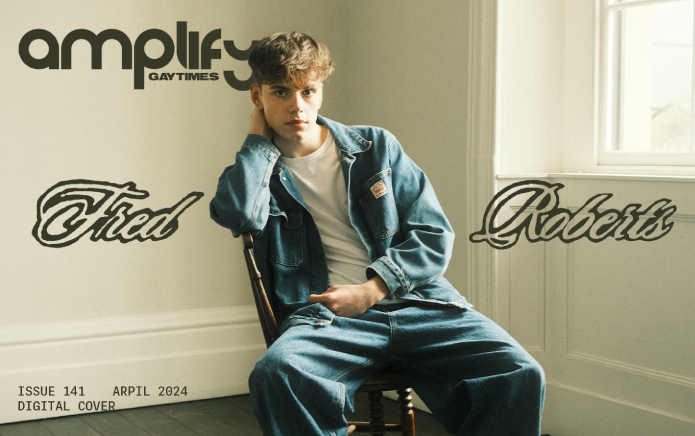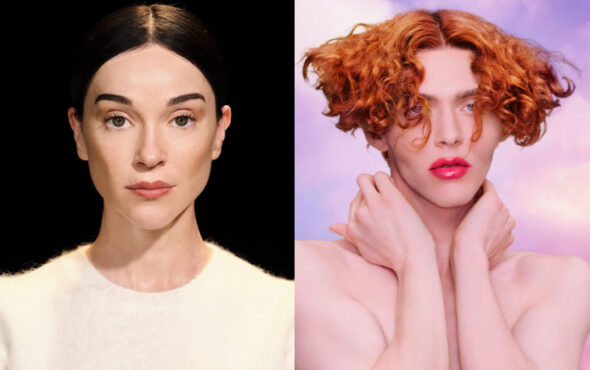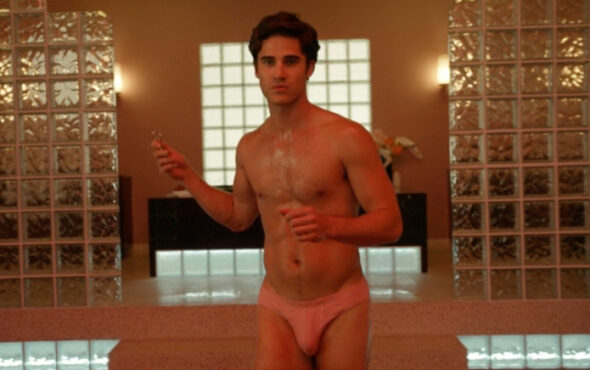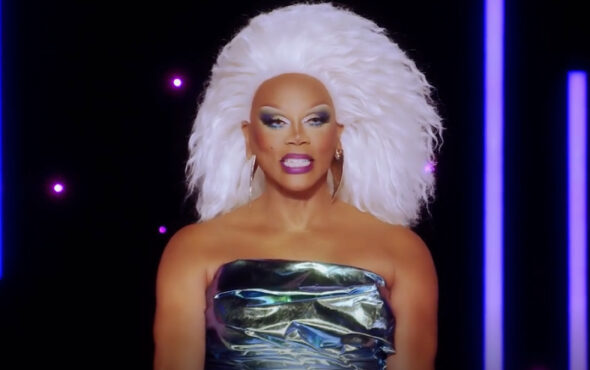
South Asians make up the largest minority group in the UK, with British Asians making up 9.3% of the population. It might surprise you, then, that 2023 marks only the third South Asian Heritage Month in the UK.
South Asian queer history is rich, from kinky Mughal paintings of women repurposing carrots as sex toys and the renowned carvings in many Hindu temples of orgies, to the revered hijra (often translated as ‘third gender’) communities across the subcontinent, who are invited into homes to bless newborns. Yet with both South Asian history and LGBTQ+ history frequently overlooked, the same is true of the intersection of the two.
Dr Rohit K Dasgupta is an academic at the University of Glasgow. Together with Dr Churnjeet Mahn, he worked on the Cross Border Queers project, which sought to uncover and celebrate the rich history of British South Asian queer community. Immigration occurred largely in waves throughout the 20th century, from bursts from the subcontinent in the 1950s and 60s following the breakup of the Empire to desi refugees from Uganda in the 1970s.
“When we started our Cross Border Queers project, we already knew that [links between anti-racist and queer activism] existed in some form or another. What we found important was especially the role of arts and culture in community activism, which was directly linked to the wider issues around [politically] Black solidarity and anti-racist campaigning.”
British South Asian queer artists were loud and proud, with radical community-based action laying at the heart of their work. One such artist was Sunil Gupta , who was heavily involved in HIV activism and used his Ecstatic Antibodies exhibition to engage with issues of race and ethnicity, frequently overlooked in discussions of the illness. Despite the double-edged sword of South Asian queerness, facing racism and homophobia/transphobia, organising in the diaspora revolved around bringing together radical politics from the subcontinent and from other diaspora communities. What lay at the heart of it all was the strength to be found in one another.
“I was recently reading a book by Niharika Banerjee and Kenneth Brown called Livable Lives,” he explains. “There’s this amazing sentence from a Bengali soldier about [the differences between] bije taka and teeke taka. The first means to live, the other means to survive. And you know, for us as South Asian queer people, it’s not about survival itself, it’s about what makes our lives worth living. And what are the conditions that make life livable?”
Today, these traditions are continued by members of the community who work to continue the work of their radical forefathers. One such member is Ryan Lanji, who found himself in need of community after moving to the UK from Canada.
“I just kind of felt really displaced, like I just didn’t belong anywhere. I would go to the gay clubs and try to make friends but there was only…cis white gay culture. I just remember being so lonely,” explains Ryan.
One night, he went home and decided to listen to the Bollywood music that he had grown up with and was inspired to create a space where he, and others like him, could truly belong. In 2017, Ryan contacted the owners of the Glory in Dalston and set about creating what would become Hungama.
“Back then, they were like, ‘Let’s have a big Indian wedding!’ And I was like, the only way I can do that is if I marry myself and my culture, to get my queerness and my culture together. Otherwise, it wouldn’t feel right to me.”
Ryan smiles as he recounts how he set about creating sets which combined the songs he heard in his mum’s car growing up with the quintessential pop that is so ubiquitous in queer nightlife, from Britney Spears to Lady Gaga. The result was a hit with both South Asian queer people and the wider LGBTQ+ community at large. Ryan’s achievements with Hungama have been huge, from DJing popular clubs like Ministry of Sound and featuring on main stages at Pride events, to holding a night in tribute to late Bollywood actress Sridevi at the Tate Modern’s Turbine Hall.
“I remember vividly having a lesbian couple tell us that they…hadn’t heard Bollywood music like this since their wedding. I remember watching a South Asian queer person dancing to Kuch Kuch Hota Hai and it was just like this weird awakening.
“It was a radical engagement of actually taking up space unapologetically, and the kids that showed up are now considered the family of Hungama,” continues Ryan. The pride that he takes in the various members of the community is palpable. “They’ve done some incredible things, like starring in movies or magazines, or they’re drag queens that are really well respected around the world. Hungama has a sound that travels way further than the Glory.”

Continuing the traditions of South Asian culture in an LGBTQ+-inclusive way also lies at the heart of the hen-nah party, founded by Amani Saeed. The party is a series of interdisciplinary open mic nights geared specifically to LGBTQ+ South Asians, “for those of us who love the vibrancy, community, and flavour of a henna party – without the drama, judgement, and gender norms of a wedding.” Amani explains that the collective came about off the back of an Arts Council-funded poetry collective.
“When the funding ran out and the collective disbanded, I felt a strange sense of responsibility to our audience. At the time, there weren’t any consistent spaces for South Asians that I knew of – they came and went. And I wanted to make a dedicated space for us.
“More and more, I believe that we need our own distinct spaces to dig deeper into our art and heritage in a room full of people who just ‘get it’…I also wanted to explore my own gender and sexuality in a place that could genuinely hold all of the different parts of my identity at once. So, as a stereotypical eldest brown daughter would, I made the thing I needed in order to survive: a night that prioritises queer South Asians.”
The use of art as a tool for healing and nurturing is one that both South Asian and queer culture have in common, from mehfils and nights filled with qawwali music to ballroom culture. It comes as no surprise, then, that the art form such a bedrock for LGBTQ+ South Asian community spaces.
“Gender fluidity and queerness are embedded into our religions (like Ardhanarishvara), our poetry (like many Sufi poets), and many ritual aspects of our culture (like the blessings of hijras at key life events), and yet we are often shunned,” explains Amani.
“Our subcultures, styling, and taste help form the bedrock of mainstream cultures; yet we’re often overlooked for these contributions…Given the rich artistic cultures and histories of the subcontinent, an arts-centred space feels like the right approach to both continue and also to subvert, or queer, our traditions.”
Both Ryan and Amani look across oceans and history for inspiration for their respective nights, but they also look to the future.
“Community is not a homogenous thing,” Amani states. “To me, real community is celebrating the plurality of your people..it’s knowing there’s a space for everyone. A community is strong when it can discuss issues openly and respectfully, and grow together. It’s dynamic, full of love, and for that reason, can make space for the good, the bad, and the ugly.”
Dr Dasgupta notes how the far-right nationalist Hindutva rhetoric of India’s ruling party, the BJP, also pervades queer spaces, with fundamentalism beginning to shape the way queer organising takes place both in the subcontinent and in the diaspora. To Amani, crucial to making this space durable for the future is addressing our history and conducting open, honest conversations about the issues that we face, such as colourism, casteism and Islamophobia.
“This is not easy; it requires a hell of a lot of nuance, self-awareness, and willingness to grapple with complex social issues,” she admits. “But I have faith that we can do this. One, because I see it happening in pockets: the conversations between children and parents and grandparents around dinner tables.
“And two, because it’s in our history. We come from places where community is at the core of our cultural norms and values…there is plenty we can learn from that will help us in our journey forward, if only we take the time to do our research and understand how it’s been done before. Then we can do what we do best as queer folk – subvert, take the best of it, make it work for us as we are now.”



